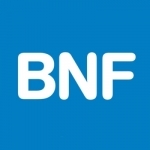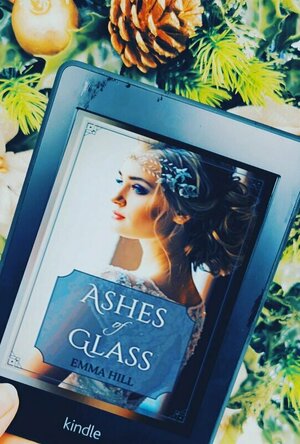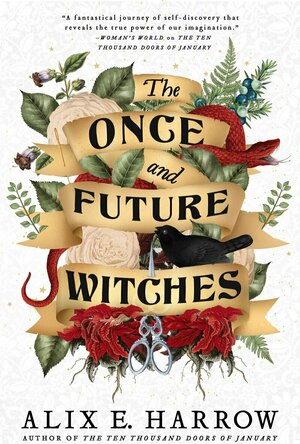
Essential Anatomy 5
Medical and Education
App
Essential Anatomy 5 is the most successful anatomy app of all time and has more content and features...

Ovia Baby Development Tracker
Medical and Health & Fitness
App
***The must-have app for first-time moms and parents everywhere*** Ovia Parenting is a completely...
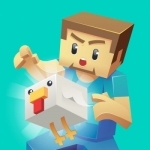
Add-Ons Studio for Minecraft
Games and Entertainment
App
The makers of the official Minecraft Skin Studio app bring you: Add-On's Studio for Minecraft! Are...
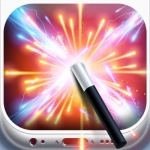
Magic Screen Pro - Customize your Lock & Home Screen Wallpaper for iPhone & iPod Touch (iOS8)
Lifestyle and Photo & Video
App
The #1 Wallpaper-making App is BACK for iOS 8 (version 3.5)! Back with more powerful features and...
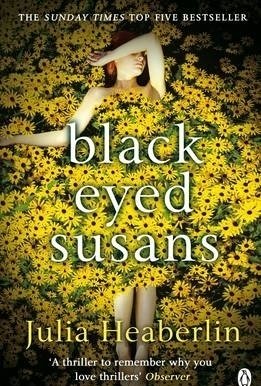
Black-Eyed Susans
Book
**THE TOP 5 SUNDAY TIMES BESTSELLER** 'My book of the year so far. Breathtakingly, heart-stoppingly...
Lottie disney bookworm (1056 KP) rated Ashes of Glass in Books
Jan 4, 2021
Arella's upbringing is one we have heard numerous times, both through print and on screen. For this reason Emma Hill presents this chapter of Arella's life almost as a misty, memory montage; preferring to focus on the upcoming tale she has to tell. I must say I greatly appreciated this originality and confindence: Hill knows she has an absolute gem of a story here and doesn't need to pad it out with the sad turn of events we all know.
Anyone who has read "So, This is Love" by Elizabeth Lim will see some similarities within the two storylines in that Ella begins working in the Palace. However, Hill's Ella is , in my opinion, a much stronger character from the outset. She has no qualms in challenging Prince Freddie's prejudices in respects to gypsies and, on the whole, does not change her behaviour towards Freddie once she discovers he is the Prince.
Ella and Freddie are only two of a whole cast of characters who are beautifully portrayed within this novel. I really loved the added details such as the King's interest in elephants, the fact that the Duke was nicer (but still quite strict) and the fact that Ella had a friend alongside her. All of these factors made the story a lot more real than the classic fairy tale. Hill made it so easy for the reader to fall in love with Ella and Freddie as a couple, especially because they were not perfect and experienced real emotions such as doubt and jealousy. If anything, our love for these two made it even easier for us to hate the villain, Lord DiFortunato.
Now, we all love to hate the sleazy, slimy villain in a story, but this guy was something else! Emma Hill's villain literally made my skin crawl and, at the point in the story where Ella's curiosity puts her in a whole heap of danger, the suspense was too much I had to skim read just to know whether she was going to be OK.
The one character I did want a bit more of was Lady Izabella: I suspect she was likely Freddie's godmother due to her friendship with the Queen and I think this could have been cleverly played on a little more. Don't get me wrong she was a charming (and necessary) background character but I would have liked to see her a little more.
EJ Hill also included a lot of nods to the original fairy tale which were really appreciated. Of course the iconic pink dress becomes ruined and the ballgown is a must but Ella's affectionate use of Prince Charming as a nickname for Freddie was just gorgeous. Oh and losing the shoe: genius!
This is not to say this story lacks originality though. There is a thrilling sub plot into the investigation into the King's death which moves alongside and intersects Arella's plotline beautifully.
I would say that the chapters do shift from Arella to Freddie quite often and this could be quite confusing at times. Also faith plays a huge part within the story. I already knew Emma Hill was a Christian so this wasn't a surprise and it didn't put me off the story at all. I do think that it was included quite heavily though.
If you want the story of Cinderella, with a swoon-worthy Prince, more action, less Stepmother/sisters and an underlying murder mystery. This is the book for you!
Lottie disney bookworm (1056 KP) rated The Once and Future Witches in Books
Sep 20, 2020
"Witches and women's rights. Suffrage and spells. They're both...a kind of power...the kind we're not allowed to have."
I'm not often drawn to books involving witches to be honest. I love an annual viewing of Hocus Pocus (who doesn't?!) but that is usually where the affinity ends.
If anything can change my nonchalance, I suspect it may be Alix E. Harrow. This is the first piece of work I have read by the Hugo award winning writer and I don’t need any tarot cards to predict it will not be the last. From the outset of The Once and Future Witches I was hooked: the worldbuilding alone is amazing; you can immediately picture the mills, avenues, squares and slums of New Salem as well as the mysterious tower that pulls our three main characters together.
The three Eastwood sisters themselves are another work of art. Juniper, Agnes and Bella are fierce, formidable women in wildly different ways. They are also flawed, stubborn and quite frankly, inspirational: by linking women’s rights and witchcraft this fantasy novel suddenly becomes more real and relatable to the modern female reader, despite being set in 1893. We empathise, sympathise and rage right alongside the Eastwood sisters on their quest for equality in a male-controlled world.
However, not even witches can act alone and the Eastwood sisters have an amazing cast of supporting characters surrounding them. Impressively, not a single one of these characters can be accused of being two-dimensional: the character development that Harrow has invested into this novel is incredible and must have taken so much work! From the Suffragette’s secretary to the skin-crawling villain to the women and men fighting (and witching) side by side; every single character is substantial and memorable. The sarcasm within Juniper for example is hilarious and even the traditional figures of the Maiden, the Mother and the Crone refuse to conform to stereotypes: I LOVED it!
The format of this novel is very clever and practically forbids you from becoming too comfortable by peppering the main story with “witch-tales”. These complement rather than distract from the storyline and also provide small changes that make you smile – such as the tales of the Sisters Grimm.
Do not be fooled though: the use of witch-tales does not prevent The Once and Future Witches from being an incredibly modern piece of writing. Topics covered include sexuality, gender identity, feminism, race as well as smashing the patriarchy: all interspersed with magic, betrayal and a hell of a lot of emotion.
I would however argue that some topics are slightly too mature for the novel to be considered YA, the description of torture and suggestions of sexual abuse probably push this book firmly into general/adult fantasy fiction novels.
The Once and Future Witches is a future bestseller in my opinion. This unique, powerful novel provides characters that you can’t help but empathise with; slow-burning, intense relationships; the trials and tribulations that come with sisterhood and plot twists at every turn.
This book will swallow you heart and soul, make you laugh, make you cry and leave you bereft at the end.
It is a must read!

Jungle Animal Hair Salon 2 - No Ads
Games and Education
App
New hair styling and fashion adventures in Jungle Animal Hair Salon! Meet your beauty salon clients...

Sketchbook Pro:for Adobe PSD Sketch, paint, create
Productivity and Games
App
SketchBook Pro is a powerful, full-featured, layer-based image editor that lets you touch up and...
